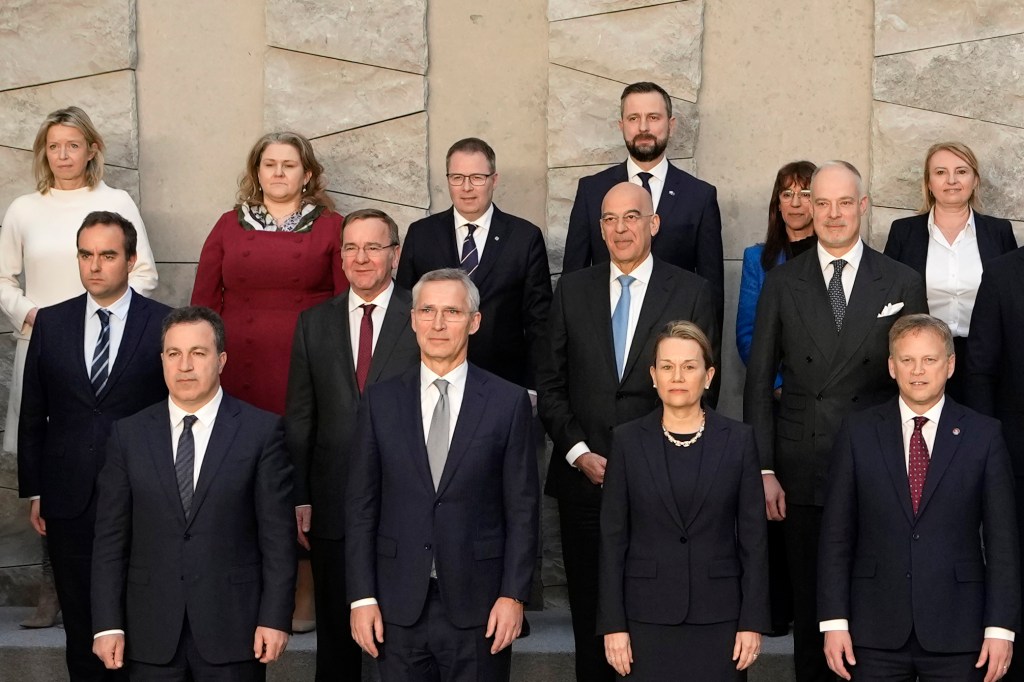
Based on pure contribution rates, it seems NATO members have grown accustomed to peacetime. Though former president Donald Trump ruffled feathers by claiming he would stop support for NATO members who failed to meet their 2% GDP spending obligations, he made a clear and salient point: Europe is no longer at peace. Yet, 20 of the 31 NATO members have failed to meet the alliance’s military spending goals. America continues to carry the heaviest burden for Europe’s security.
World leaders, including President Biden, were quick to condemn the former president’s comments — rightly attacking the notion that he would encourage Russia to attack delinquent allies — but there was also a noticeable rumbling within the alliance itself. Just a few days later, various nations and NATO rushed to announce that an additional seven nations will enter compliance with military spending minimums by 2024. This includes Germany, arguably the biggest potential contributor to European defense on the continent.
This is a welcome change and one that’s long overdue as the U.S. grapples with how to address a rapidly changing global landscape. But having nations spend an arbitrary percentage of GDP won’t protect them against aggression. The alliance needs to accelerate this shift and start building industrial capacity — before a real crisis occurs.
In November 2011, the Obama administration announced a “Pivot to Asia” as a critical lynchpin of its national security strategy. With a focus on addressing China’s rising power and continuing challenges with North Korea, defense officials in the United States wanted to reduce America’s commitments in Europe and the Middle East so that we could meet the needs of the moment in the Indo-Pacific. Nearly 13 years and three administrations later, this strategic pivot largely remains a fantasy despite continued and rising warnings from political and military corners that China may choose to pursue a blockade or invasion of Taiwan within the next decade.
If such a time for a major conflict with China should come, the United States will face difficult choices. Its aid to Ukraine has deeply strained inventories of vital munitions. All branches of the U.S. military are facing substantial recruitment shortfalls, with no clear fix in sight. If the country should find itself contending with a conflict with China, a regional war in the Middle East, and a commitment to NATO in the wake of Russian aggression in Ukraine, something will have to give.
Regardless of who sits in the Oval Office after the 2024 elections, it’s critical that European allies start taking their security into their own hands. Major players such as Germany and France, and middle NATO powers like Italy, Spain and Turkey need to start building deep military industrial capacity and likely go beyond the 2% target. A failure to do so could mean that even a NATO-friendly future president will have to leave Europe to fend for itself without properly preparing it.
Robert Clarke is a Young Voices contributor/InsideSources
